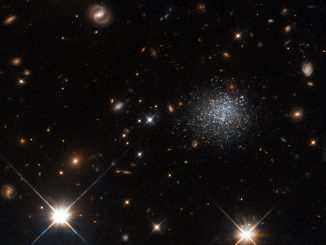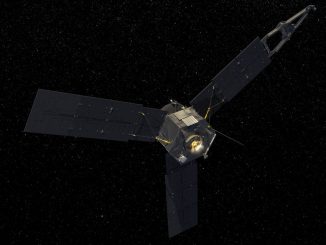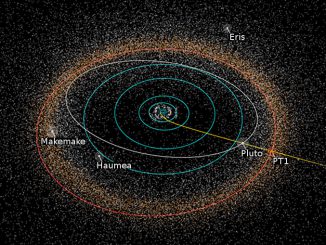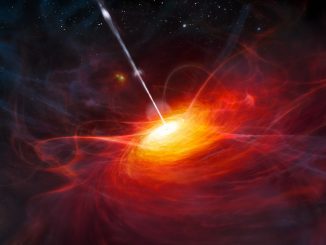
Hubble views a stubborn dwarf galaxy
The fuzzy collection of stars seen in this NASA/ESA Hubble Space Telescope image forms an intriguing dwarf galaxy named LEDA 677373, located about 14 million light-years away from us in the constellation Centaurus. This particular dwarf galaxy contains a plentiful reservoir of gas from which it could form stars, but it stubbornly refuses to do so. Why?






